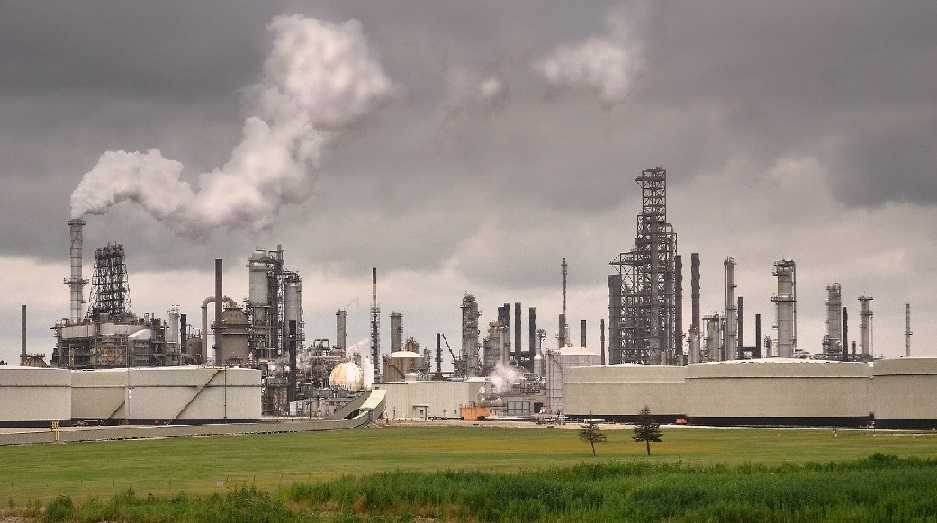Ammonia may be a chemical you don't think about very much – but, perhaps, you should...
75-90% of all the ammonia made is used to make fertiliser, which is used to grow 50% of global food. Other industries that use it include pharmaceuticals, plastics, textiles, and explosives. We call it a “nexus molecule”.
But it's more than just that. Ammonia might be used in the future as a chemical energy store, costing energy to make and releasing it when its burnt. Better than other materials such as hydrogen, it's nowhere near as flammable nor as expensive to keep liquid, requiring achievable pressures of 10-15 bar or -33°C.

It also has the potential to put a massive dent in our greenhouse gas emissions and could be critical to achieving net zero carbon by 2050 – the current global target. This is because of one of its main ingredients, hydrogen: made by steam reforming the fossil fuel methane, it contributes ~1.8% of global carbon dioxide emissions. We could replace this with blue hydrogen, using carbon capture and storage of all CO2 emissions to achieve net zero carbon, or better – green hydrogen, generated from water via electrolysis and 100% renewable energy resources.
We can also massively improve the synthesis of ammonia from hydrogen and nitrogen, using lower pressures and temperatures, or exploring fascinating biochemical or electrochemical methods, where scientists employ bacterial enzymes or metal catalysts (perhaps nanocatalysts) to make it from nitrogen. These processes are still in the works, but have the potential to entirely reform the way we see green chemistry.
Bring on the ammonia revolution!To find out more about green ammonia, check out our new article on the topic.


No comments:
Post a Comment